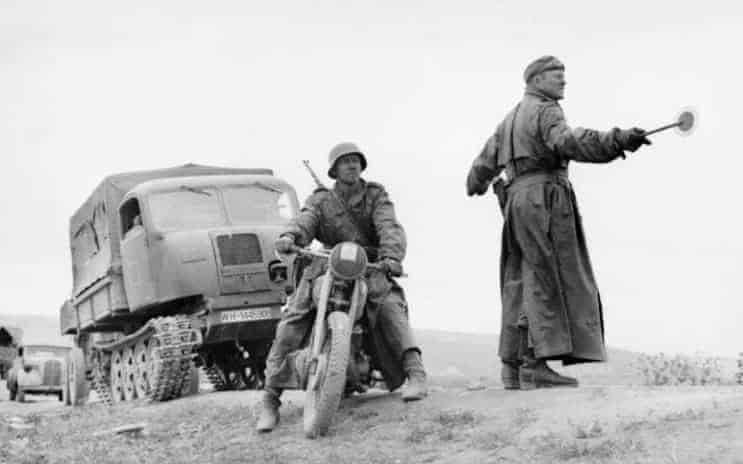The Battle of Kursk took place in 1943 and was one of the most crucial battles fought on the Eastern Front. The battle involved thousands of tanks and hundreds of thousands of men. Kursk was the biggest tank battle in WWII and was the biggest until the Indo-Pakistan War in 1965. Kursk was the last effort by the Germans to win the war in Russia. The failure of the German offensive at Kursk meant that the Nazi army was forced on the defensive on the Eastern Front. The following are a list of ten little-known and interesting facts about one of the most important battles of the Second World War.
1
During the battle, the Germans introduced many famous tanks into battle for the first time. They included the renowned Tiger Tank and the Panther Tank. These tanks are among the best known of the war. During the battle, they were not that effective and the Soviets soon learned how to destroy them, by targeting their weaker side armor.
2
The Germans hoped to reach the town of Kursk, which was the center of a bulge in the eastern Front and then to surround and cut off many Soviet Divisions.

3
Hitler and his senior generals hoped that by inflicting a heavy defeat on Stalin that they would knock Russia out of the war. They believed that the Russians did not trust the western allies, especially when it came to the fact that the allies, despite promises had failed to open a ‘second front’.
4
The battle of Kursk was also a very important aerial battle. New German planes were introduced into the eastern front for the first time. The Germans hoped that they would help them to win the battle. However, the Soviet air force was stronger than expected and it was able to contest the skies above the battlefield.

5
Many Russian civilians were conscripted to dig anti-tank trenches and to lay mines and all of these helped to slow down the German advance at Kursk.
6
The German suffered some 200,000 casualties at the battle and they included some 80,000 dead. The Soviet army is believed to have suffered some 250,000 casualties. Despite suffering more casualties the Soviets won the battle decisively as they Germans did not secure their goals.
7
General Model personally phoned Hitler and urged him to allow the German to retreat or he warned that the Germans could face another disaster as they had at Stalingrad the winter before. Hitler eventually agreed to allow his forces to retreat.
8
The German’s during their retreat were constantly attacked by partisans. These were guerrilla forces that were loyal to Stalin and they constantly harried the Germans. They also destroyed hundreds of miles of tracks and this greatly impeded the German retreat.
9
One of the reasons why the Soviets defeated the Germans at the battle was their intelligence. They had foreknowledge of the German plans. They had captured some German officers, who under interrogation had revealed to them the date and even the time of the German offensive. At the time that the Germans had been supposed to attack the Soviet’s launched a heavy bombardment and this delayed the Nazi attack.
10
The Battle of Kursk is usually believed to have ended when the Soviet army re-took the important city of Kharkov.

